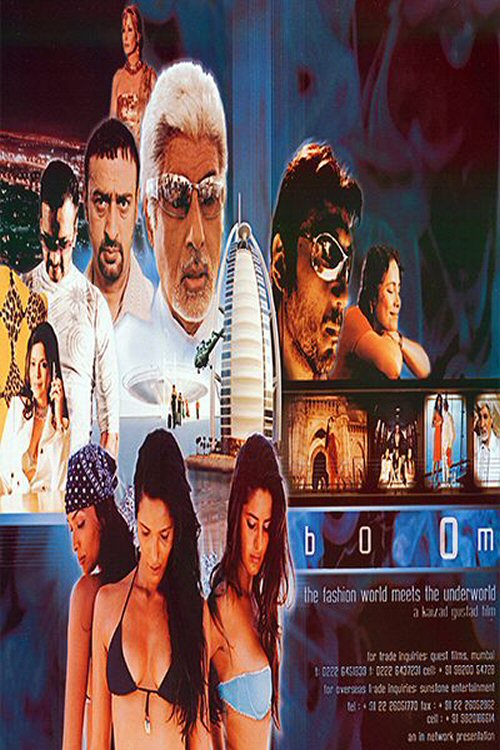
It also appeared on charts in New Zealand (number 24 in 1992) and France (numbers 45 in 1993 and 87 in 2013). In 1992, after being featured in a Lee Jeans commercial, the "Boom Boom" reached number 16 on the UK Singles Chart. Two years later, in 1964, the song made a brief appearance on the chart in Walloon Belgium, which at the time did not rank positions. It was included on the 1962 Vee-Jay album Burnin' as well as many Hooker compilations, including John Lee Hooker: The Ultimate Collection. The song also appeared the Billboard Hot 100, where it peaked at number 60, making it one of only two Hooker singles to enter the broader chart. It entered the Billboard Hot R&B Sides chart on June 16, 1962, where it spent eight weeks and reached number 16. When "Boom Boom" was released as a single in April or May 1962, the song became a hit. ZZ Top later used similar lines ("how-how-how-how") for their popular "La Grange".

"Boom Boom" became the Hooker song that is "the most memorable, the most instantly appealing, and the one which has proved the most adaptable to the needs of other performers". Īlso included are several wordless phrases, "how-how-how-how" and "hmm-hmm-hmm-hmm". I got it together, the lyrics, rehearsed it, and I played it at the place, and the people went wild. Every night: "Boom, boom – you late again". And she kept saying, "Boom boom – you late again". I would never be on time I always would be late comin' in. Īccording to Hooker, he wrote the song during an extended engagement at the Apex Bar in Detroit. The song uses "a stop-time hook that opens up for one of the genre's most memorable guitar riffs" and incorporates a middle instrumental section Hooker-style boogie. It has been described as "about the tightest musical structure of any Hooker composition: its verses sedulously adhere to the twelve-bar format over which Hooker generally rides so roughshod". The original "Boom Boom" is an uptempo (168 beats per minute) blues song, which has been notated in 2/2 time in the key of F. Hooker had a unique sense of timing, which demanded "big-eared sidemen". They have been described as "just the right band" for "Boom Boom".
#BOOM BOOM BOOM SONG PLUS#
Hunter brought with him "the cream of the Motown label's session men, later known as the Funk Brothers": bassist James Jamerson, drummer Benny Benjamin, plus guitarist Larry Veeder, tenor saxophonist Hank Cosby, and baritone saxophonist Andrew "Mike" Terry. Detroit keyboardist Joe Hunter, who had previously worked with Hooker, was again enlisted for the recording session. However, with Vee-Jay, he usually recorded with a small backing band, as heard on the singles " Dimples", "I Love You Honey", and "No Shoes".

Prior to recording for Vee-Jay Records, John Lee Hooker was primarily a solo performer or accompanied by a second guitarist, such as early collaborators Eddie Burns or Eddie Kirkland. It has been recorded by numerous blues and other artists, including a 1965 North American hit by the Animals.

The song is one of Hooker's most identifiable and enduring songs and "among the tunes that every band on the R&B circuit simply had to play". "Boom Boom" was both an American R&B and pop chart success in 1962 and a UK top-twenty hit in 1992. Although it became a blues standard, music critic Charles Shaar Murray calls it "the greatest pop song he ever wrote". " Boom Boom" is a song written by American blues singer and guitarist John Lee Hooker and recorded in 1961.


 0 kommentar(er)
0 kommentar(er)
